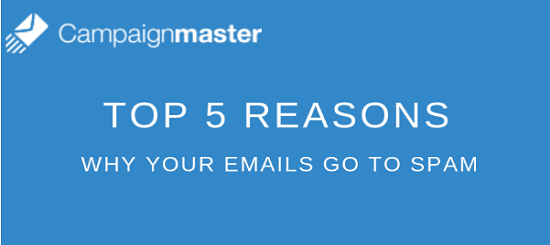Professional email marketers will know that there is no silver bullet to email marketing deliverability. The chances of landing in the inbox as opposed to the junk box, or worse, still not being delivered at all, depends on a multitude of factors.
One such factor and a major one at that, is the IP address you are sending from and the reputation of it. An email sender reputation is a score that an Internet Service Provider (ISP) assigns to an organisation that sends email. You should also know that domain reputation can be affected too. Therefore, a warm-up process is very important when you start using a new IP address.
For the consistent senders with high volume emails, it’s a good idea to have a dedicated IP address. The reputation of this IP address lies with the sender and is based on all of the following attributes:
- Send frequency
- Volume of emails being sent
- Email content
- Abuse complaints
- Quality of data
For smaller or infrequent senders, being on a shared IP address could be a better option, because in order to build any sort of IP address reputation, you need to send emails up to a certain volume. Basically, no reputation is not better than a good reputation.
However, being on a shared IP address does have some pitfalls. Your company could be a low volume sender but are sending to quality data i.e. current and clean. Another sender on the same IP address could be sending the exact opposite, so they could drag your reputation down. Rest assured that here at Campaignmaster, we monitor all sends very closely to ensure our entire IP range has a high sender reputation. Any abuse complaints such as spam complaints and blacklisting are reported to our clients immediately.
ISPs trust metrics from their users and their behaviours. So, it doesn’t really matter if you are a well-known big brand or not, there is no special treatment based on the size of your company. You should be sending emails to people who firstly want them, so ideally double opted in, with interesting content so your readers are engaging regularly and of course ensuring the data is clean.
So, how do you build up a good dedicated IP reputation? Here is what we recommend:
- Build up your sends steadily. Don’t just blast a huge volume from the get-go, otherwise the ISP will think you are sending spam or worse still a botnet sending spam. This will only delay the development of your reputation.
- Send emails consistently. So even if you send huge volumes but just once a month, that’s fine as long as the consistency of the send and volume has a regular pattern.
- Ensure your data is clean and opted in.
- Always avoid purchased data if you can.
- Opt outs should be actioned as soon as possible. Our email marketing platform CMAdvantage gives you various opt out options such as single or double opt out.
- B2B senders should follow the same warm-up process as B2C senders, especially because an increasing number of business domains are now hosted by mailbox providers like Yahoo, Outlook, Gmail, AOL, etc.
- Ensure your HTML is properly formatted as poorly coded emails can get caught in filters or won’t render properly.
- Avoid having your subscribers complain or tag your messages as “junk” or “spam”. Even a tiny increase in complaints can cause your email to be blocked by ISPs.
- Sending to even one spam trap or “honey pot” will instantly set back your reputation and cause deliverability problems. When you send to a spam trap (an email address activated by an ISP to catch spammers), it means you’re engaging in email address harvesting (an illegal practice) or your list hygiene practices are weak.
Further reading on deliverability can be found here.
If you are interested to learn specifically about deliverability to Microsoft addresses we have this useful blog.









